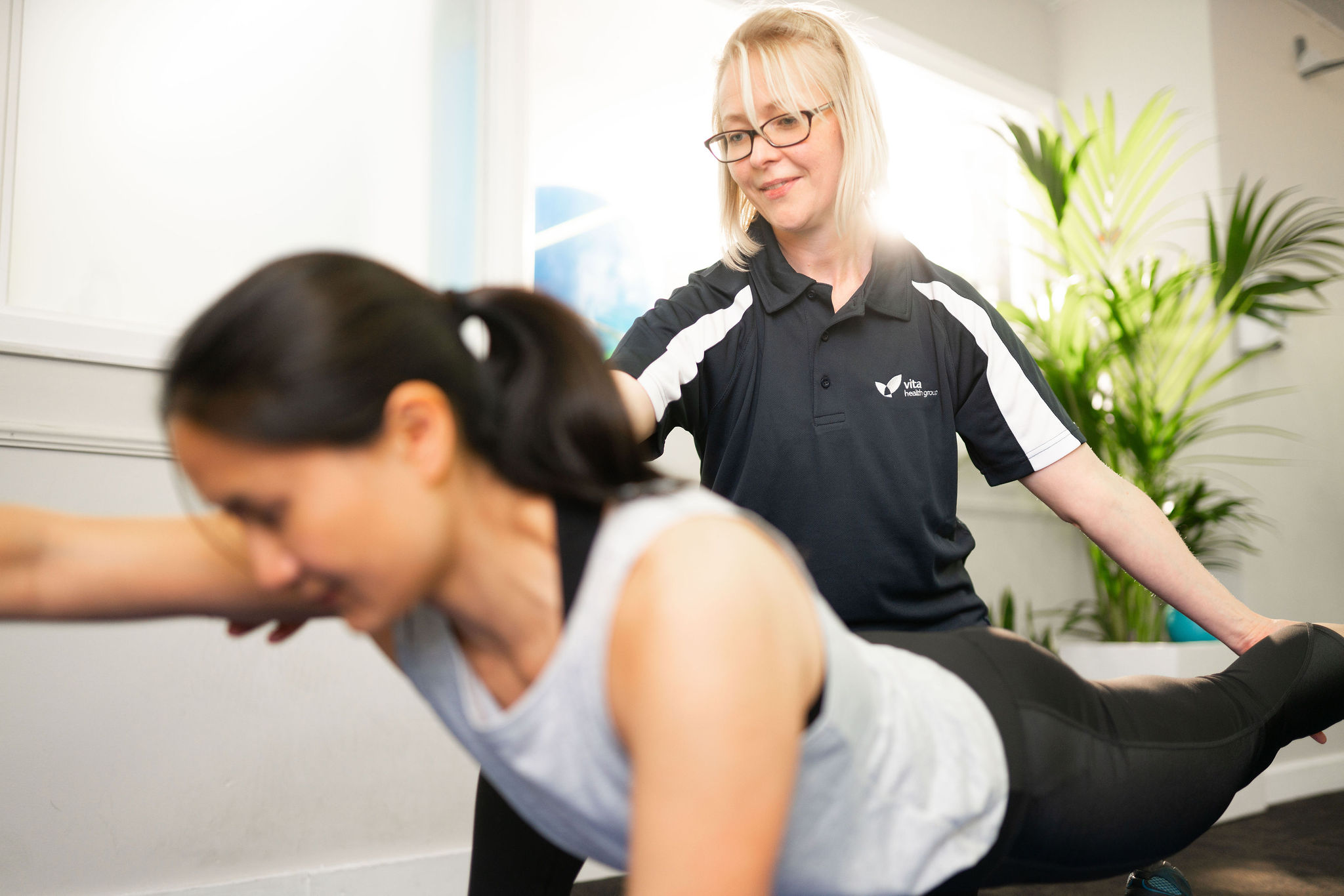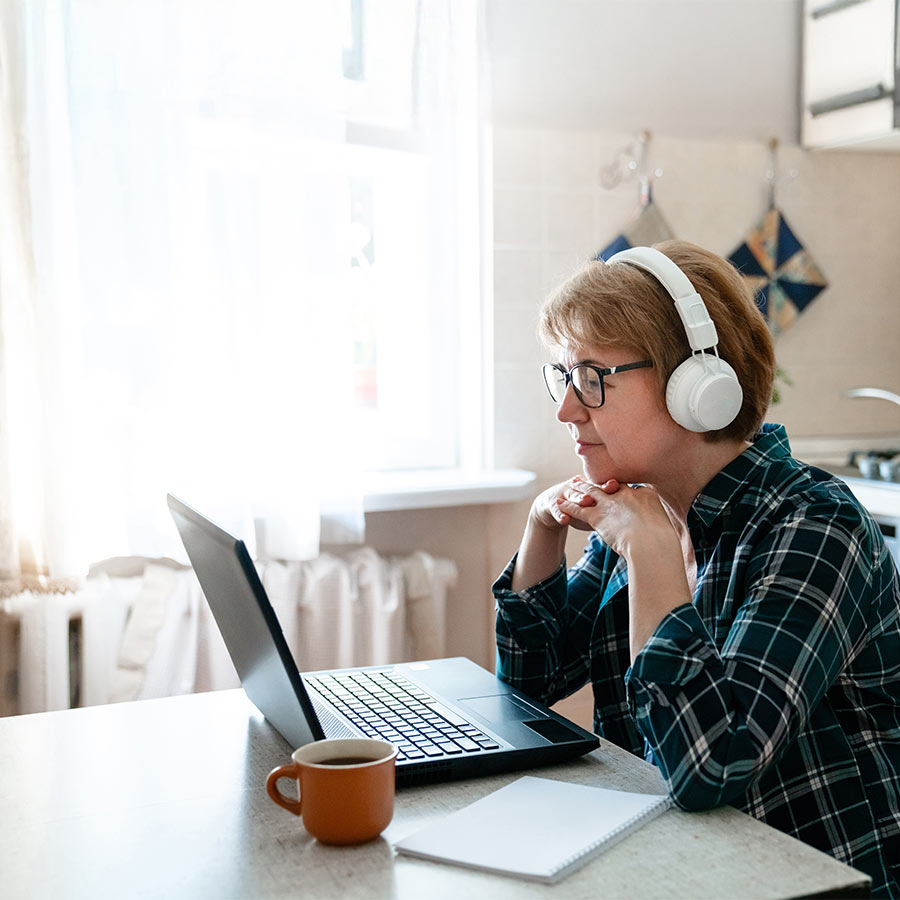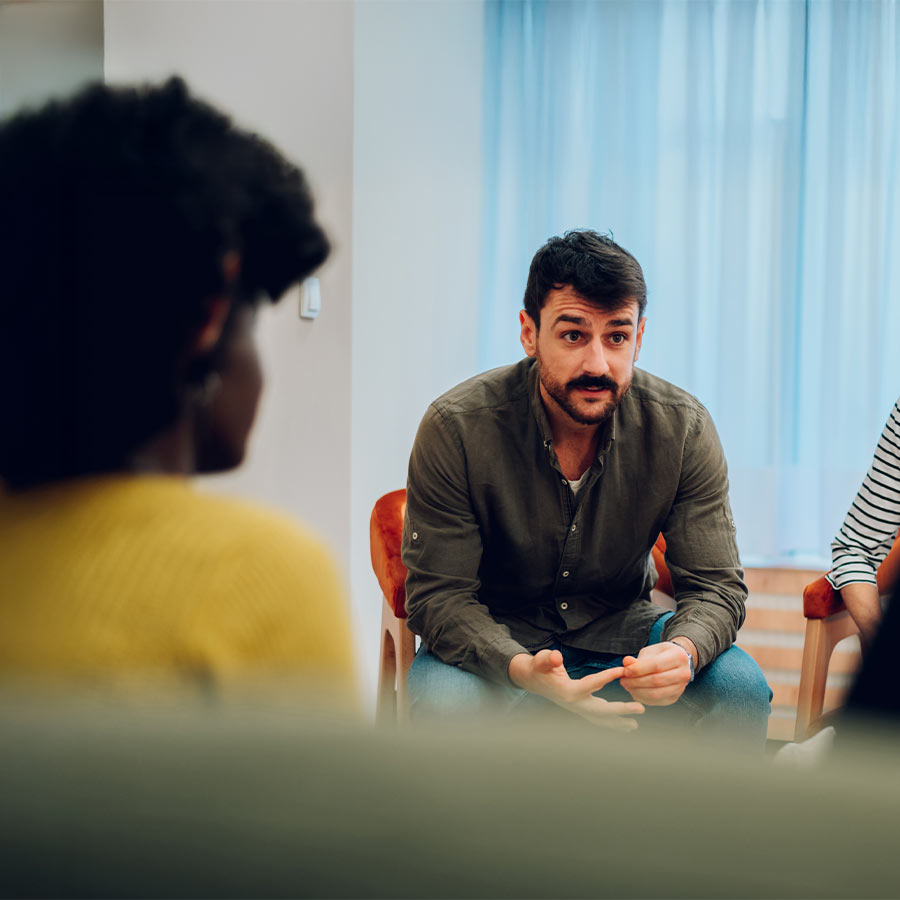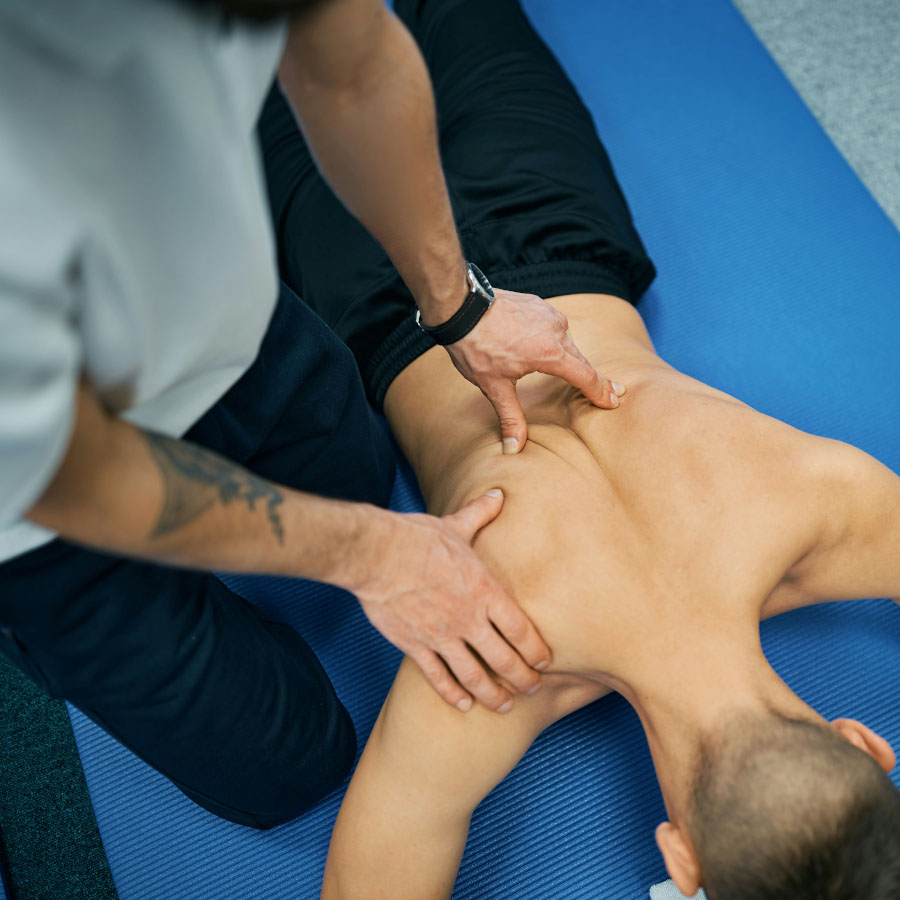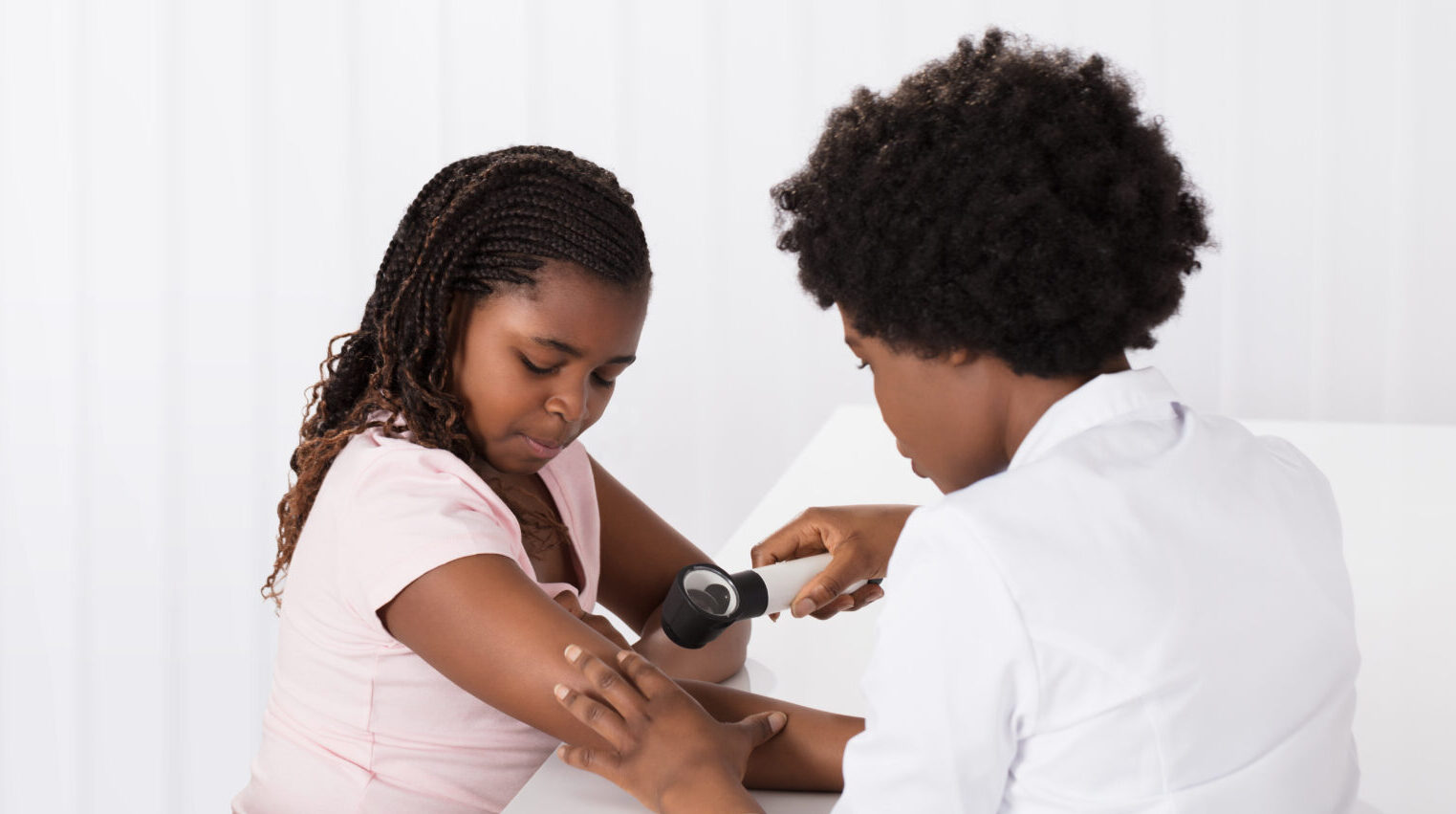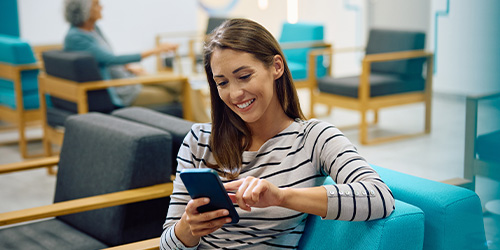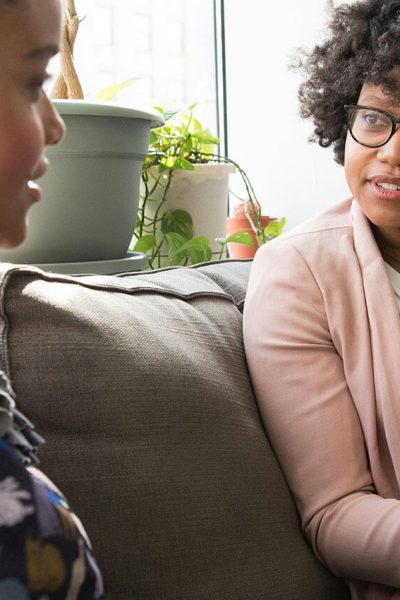The Introduction to Exercise Class aims to help you get used to doing some new movements with your body and show you how to improve your joint movement, muscle power, flexibility and balance.
These classes are aimed at getting you moving again and thinking about what sort of exercises you might enjoy in the future, to keep your body working as well as it can. Having looked at the difficulties and / or pain you are experiencing, we are offering you this as the best and quickest way to improve the way you are feeling.
What to expect
This is a physical, progressive exercise rehabilitation group. The group usually consists of up to 12 people, who are at varying stages of recovery for a variety of problems. The therapist will confirm some details with you at the start of the class and provide you with information on what to expect. You will be monitored and guided through the exercises and with time you will become familiar and more confident. We would like you to attend 4 regular sessions and it is important to practice these exercises at home in between sessions and once your treatment has finished.
What will I need?
- Wear loose fitting clothing that is comfortable to move in
- Wear supportive footwear such as trainers
- You may wish to bring a drink
Find your nearest service
Vita Health Group works in partnership with the NHS to provide Musculoskeletal (MSK) services across the UK by a team of experts who are committed to excellence in clinical standards and customer service.
